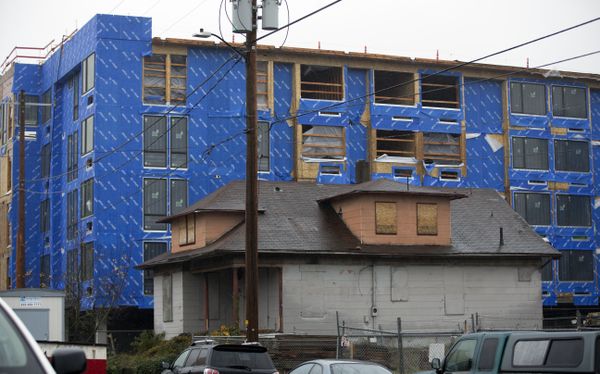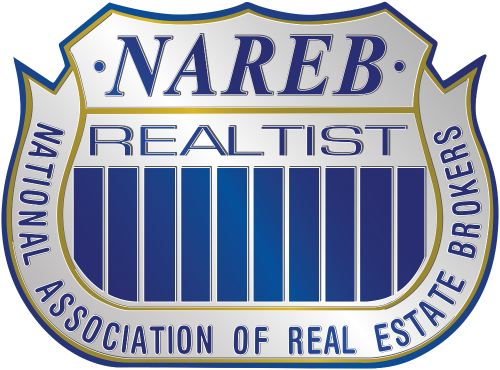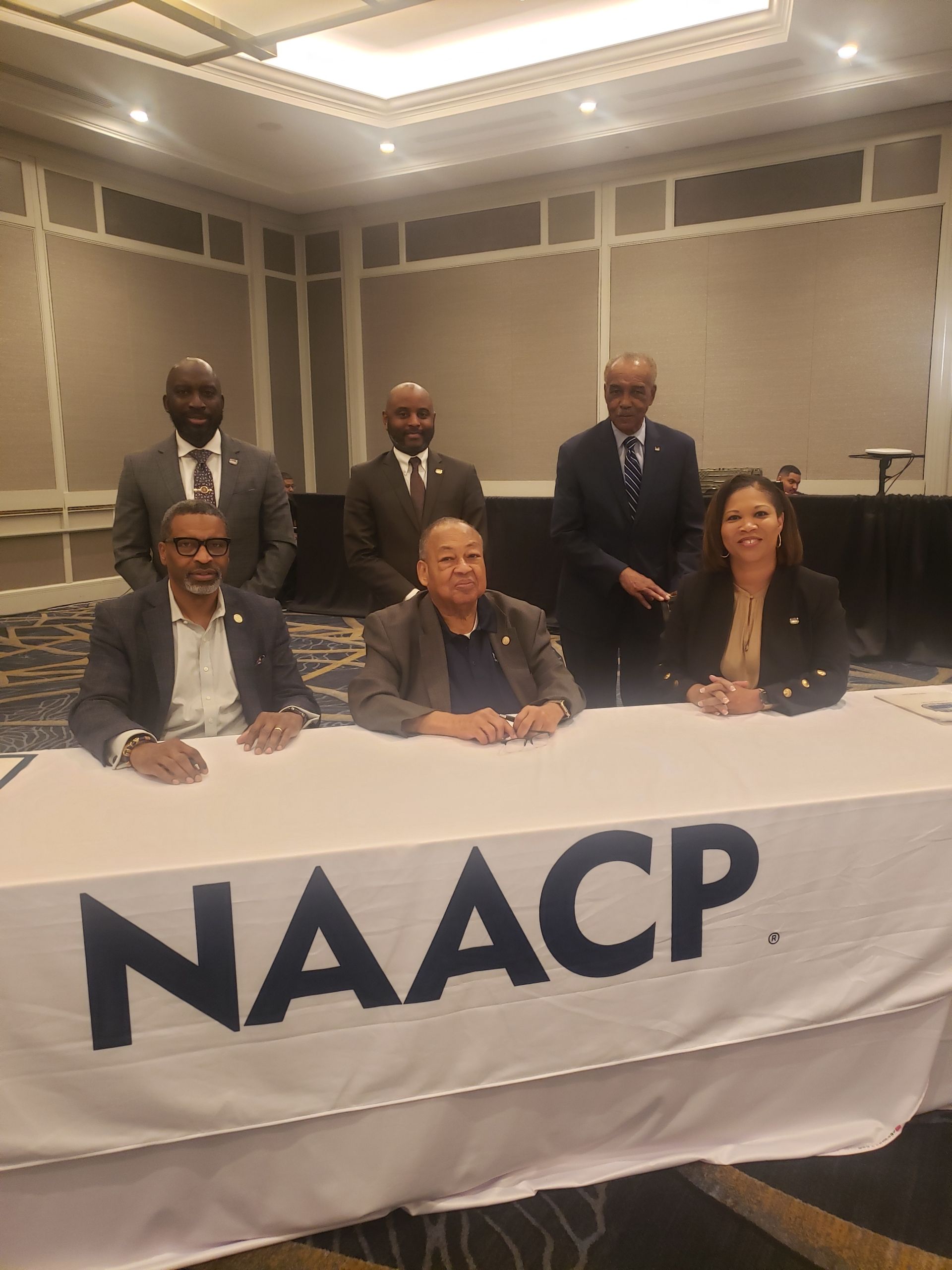Washington Post opinion: Neighborhoods can be gentrified without pushing out poor people
By Jesse Van Tol | The Washington Post

Neighborhoods have been developing and changing since the dawn of civilization, but the idea of gentrification – when an influx of new money and new people transforms a community – has emerged as an issue since only the 1960s. And it is a complicated and often misunderstood term.
In some communities, gentrification evokes instant distrust. It implies the arrival of selfish developers, investors and corporate chains replacing locally owned, independent businesses – and a flood of well-off white people who inevitably push out the poor black and brown people who were there before.
But for many neighborhoods, gentrification represents much-needed investment. Local residents welcome the resurrection and revival of neglected and disinvested areas. Community leaders desire capital investments, leading to better services, jobs, thriving businesses and other components of a healthy, vibrant neighborhood. As one resident of West Baltimore put it: “How can we get some gentrification in our community?”
It turns out both views are correct. Gentrification does not have to mean displacement – if the circumstances are aligned correctly.
An analysis of U.S. Census Bureau and demographic data from 2000 to 2013, released last month, confirmed what community activists in many cities have long reported: Yes, gentrification often pushes people out of their neighborhoods. The analysis, by researchers at the organization I lead, the National Community Reinvestment Coalition, found that at least 135,000 black and Hispanic residents were displaced from their neighborhoods during the period we studied. In Washington, 20,000 black residents were displaced, and in Portland, Oregon, 13 percent of the black community was displaced over the decade. Our report on the study includes interactive maps so you can see what the data reveals about your neighborhood.
But displacement of people of color in gentrified neighborhoods wasn’t uniform. For instance, Minneapolis had gentrification in 22 neighborhoods, but only one had indications of displacement. In Los Angeles, 73 neighborhoods gentrified, and there was displacement in 13 of them. The data showed displacement in just 22 percent of the neighborhoods that experienced an influx of new people and new money in the time period studied. The rest did not show displacement.
That suggests that investment and revitalization of poor neighborhoods doesn’t have to push out the people who lived there before. It does, sometimes. But why not always?
The notion that gentrification doesn’t always result in displacement may seem antithetical to some, because the term is often used as a synonym for displacement. In fact, if a neighborhood keeps the same number of housing units but has an influx of new residents, then displacement inevitably will occur. But in some places, it appears investment and economic revival are occurring without immediate displacement, suggesting some capacity for longtime residents to stay put and reap the benefits of increased property values – or the production of new housing or utilization of empty units.
In our study, we defined a neighborhood as “eligible” for gentrification if in 2000 it was in the lower 40th percentile of home values and family incomes in that metropolitan area. We identified a neighborhood as “gentrified” if it met three criteria: increases in median home value, educational attainment and income by 2013.
Other research on gentrification suggests that ownership plays a key role in resisting displacement. For communities that have endured decades of disinvestment, where banks don’t invest in small business or mortgage lending, gentrification finds few homeowners who can reap the rewards of the new investment. A 2016 study by the Federal Reserve Bank of Philadelphia found that gentrifying neighborhoods in that city lost low-cost rental units at nearly five times the rate of non-gentrifying neighborhoods.
On the other hand, in lower-income neighborhoods where a significant percentage of residents own their homes, gentrification can be a life-changing event for some families, leading to the kind of wealth-building that can dramatically improve their economic mobility.
The neighborhood bounded by the southeast corner of Gallatin Street and Georgia Avenue in Washington’s Petworth neighborhood in Washington is an illustrative example of the complexity of the issue. In 2000, that area had about 3,500 residents, 85 percent of them black. Homeownership was about 80 percent at the time. Today the homeownership rate is 85 percent, and 63 percent of the people there are black, with Hispanic and white people moving in.
Home values increased from about $167,000 to $367,000 and continue to trend up. We see gentrification and displacement of African American residents in this area, but given the high levels of existing homeownership, almost certainly some people are selling their homes for much more than they originally paid. Involuntary displacement is always a bad thing, but wealth-building for longtime residents is good. So how do we achieve less of the former and more of the latter?
Our study looked at data and patterns but didn’t compare policies and local practices that might explain them. But community leaders around the nation have developed approaches to encourage investment and avoid displacement. For instance, most states and many local governments offer caps or breaks on property taxes for longtime residents. This is known as a homestead exemption, and it’s often offered to help the elderly on fixed incomes remain in their homes even while their home values increase. For instance, in Maryland, every county is required to have a 10 percent homestead tax credit in place for elderly or disabled homeowners. Washington, D.C., provides homestead tax relief for low-income elderly as do some suburban communities.
There are other ways to help people stay rooted in their communities: provide renters with the opportunity and financing to purchase their units; preserve and expand public housing; protect elderly and long-term residents from property tax increases; enforce building codes and offer easy options for renters to report bad landlords; negotiate payment plans with homeowners who have fallen behind on their property taxes; establish community benefits agreements with investors in large projects to ensure that local residents benefit from the investment; offer developers higher levels of density in return for funding more affordable housing units in their projects; establish a loan fund to help small business owners buy their buildings.
In Washington, a policy called inclusionary zoning requires that up to 10 percent of new or renovated residential apartment buildings must be maintained as affordable housing. It’s a good idea, but our study shows it wasn’t enough, or wasn’t enforced well enough, to eliminate displacement in the city. The definition of “affordable” isn’t very useful when the median household income for black Washingtonians is $42,000 and $134,000 for whites. The “affordable” rent is still far more than a typical black family can afford.
Another finding from the study revealed a startling problem hiding in plain sight: Although gentrification is a common enough term, it’s not a common experience. A small number of booming metropolises attracted the bulk of the investment, construction and demographic shifts that fit our definition of gentrification. The rest of the nation’s cities, towns and rural areas languished. Nearly half of all gentrification occurred in just seven cities: Washington, New York, Los Angeles, Philadelphia, Baltimore, San Diego and Chicago.
This suggests another stark and difficult policy challenge. Not only is the nation’s population increasingly concentrated in urban areas – but investment capital and growth are even more concentrated.
This came up last year when cities across the nation competed for Amazon’s second headquarters. Any of dozens of struggling Rust Belt or Southern cities could have been transformed by the Amazon investment. Imagine what 50,000 high-paying jobs and a massive building boom could have done for Detroit or Milwaukee. (Amazon founder Jeff Bezos owns The Washington Post.)
Some say gentrification is by definition a process that pushes people out. Perhaps the problem is in part the word itself. So if people aren’t pushed out when new money and people arrive, what’s that called? Should we call that process something other than gentrification? Reinvestment? Revitalization? Integration? Or can the word gentrification suffice for what turns out to be a more complex matrix of factors that lead to stronger communities in some cases, displaced populations in others and, at least in the recent past, absolutely nothing in most places?
Whatever we call it, we have a starting point, a baseline of data that shows that investment and displacement are related but distinct phenomena. That’s important. Cultural and physical displacement occurs when the people who live in booming neighborhoods are pushed aside to make way for wealthier newcomers. Understanding the difference between these phenomena will help community leaders, lenders, investors and policymakers promote sustainable investment and economic growth without destroying the social fabric of cities and neighborhoods. The benefits of urban living, access to work, cultural events and great schools shouldn’t just be available to the rich. Now we know: They don’t have to be.
Credits: Jesse Van Tol | The Washington Post
Special to The Washington Post
Jesse Van Tol is chief executive officer of the National Community Reinvestment Coalition.


